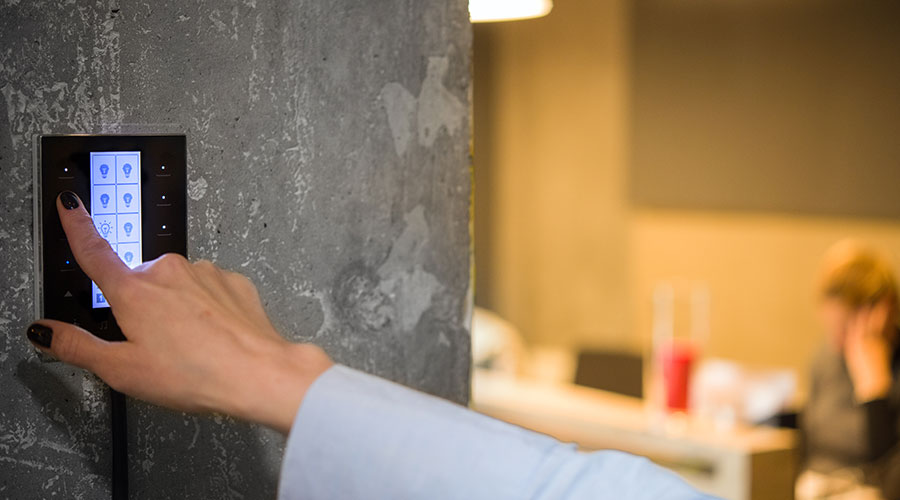Heading Off Potential Lighting Control Problems During Design
Expect to need construction permits and be sure to require a full set of drawings.
Lighting control systems are not new. They have been around for decades. However, the market penetration of these systems has been miniscule. Assorted organizations, utilities, and industry groups are keen to substantially increase market penetration in a variety of ways. For starters, many vendors now offer what are considered to be “simplified” systems. They are substantially less complex than legacy systems. They can usually be programmed and even commissioned by non-experts, using common devices such as phones and tablets. These new “simplified” systems reduce some of the functionality, but they are significantly less complicated systems and are adequate for most projects.
In addition, DesignLights Consortium (DLC) now maintains a qualified product list for networked lighting control systems (as well as for LED fixtures). Therefore, utilities can grant incentives if owners install systems already meeting the DLC’s requirements for inclusion in the qualified product list. (Check with your local utility to see if they offer incentives for installation of an advanced lighting control system.)
Whether you’re considering a more complex “legacy” system or one of the new crop of “simplified” systems — and depending on whether your project is new construction or retrofit — a variety of potential problems might derail its deployment. Here are two during design and construction.
Expect to need construction permits
There is a common belief that retrofit projects involving light fixtures and control systems can be installed without the need to get appropriate building permits. That’s wrong. Retrofit projects involving light fixtures and control systems almost always impact emergency lighting. Therefore, a licensed electrical engineer will still need to provide official documentation, and appropriate building permits will typically need to be secured prior to installation.
Make sure to require full drawing sets
When installing a new lighting control system, with or without new or retrofitted LED fixtures, it’s imperative to have drawings on-site showing all details of the equipment, especially documentation showing every wiring connection that must be made by the electrical contractor. It is imperative that the fixture and control system vendors supply project-specific information about mounting details, wiring connections, etc. Standard spec sheets may or may not adequately reflect the project-specific conditions — more often than not, they don’t.
Fixture or control system vendors may also want to provide photos or even short videos of fixture or control system installation and wiring details. Alternately, contractors may be required (or at least strongly encouraged) to get at least minimal factory training. Or the vendor may provide links to short training videos, i.e., via YouTube. Anything that vendors can provide to demonstrate how equipment should be properly installed and wired may help to eliminate installation mistakes on-site.
Related Topics:














